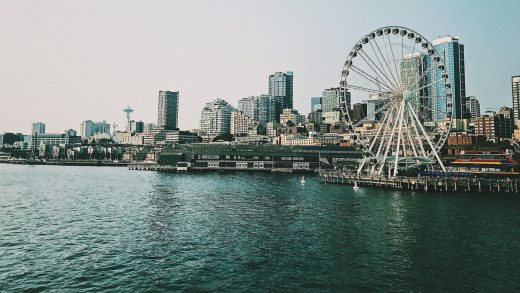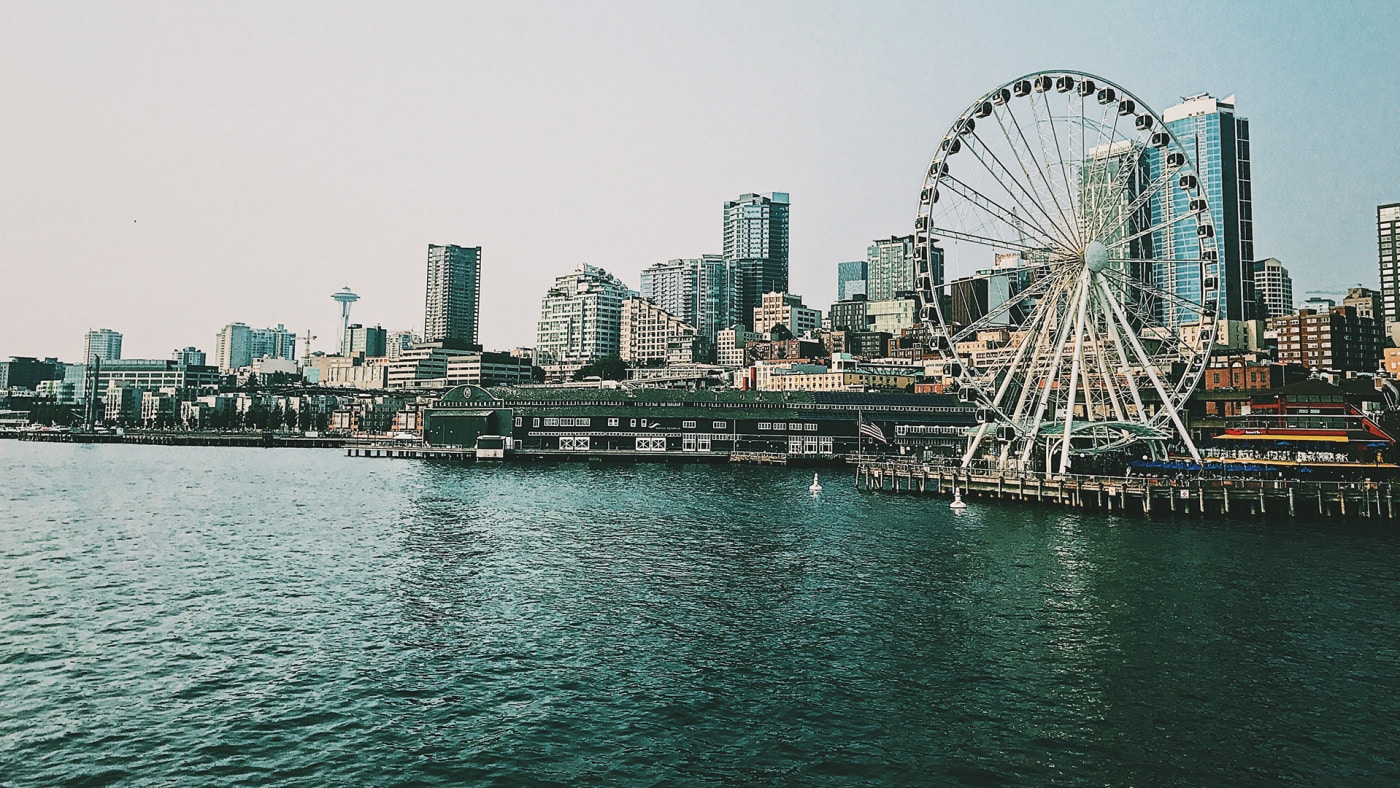These are the most sustainably powered cities in the U.S.
Earlier this year, San Francisco and Oakland filed suit against five fossil fuel companies, including Chevron and ExxonMobil, in an effort to render them financially responsible for the damages caused by climate change, and the infrastructure, like sea walls, to resist it. Even though a federal judge threw out the case, the West Coast cities are still showing up Big Oil: They, along with Seattle and Portland, top the list of a new ranking of the 40 most sustainably powered cities in the U.S.
The ranking, organized by the commercial real estate site Commercial Cafe, determines a city’s sustainability status by measuring how much of their energy comes from green sources, and determining its total carbon emissions from activities like transportation. And of course, because its focus is commercial real estate, the results also take into account how green building practices have or have not advanced in the cities. Each city was awarded a score between 0 and 100–100 being the best–for its efforts in advancing sustainability.
To begin with, Commercial Cafe looked to the Carbon Disclosure Project, an open data portal that analyzes each city’s mix of energy sources. For each of the five renewable energy sources–hydropower, geothermal, wind, solar, and biomass–cities earned up to five points per category (the more points, the better). Conversely, cities were awarded points for how little they relied on sources like coal, oil, and gas. Each city also received up to 30 points inversely proportional to its total CO2 emissions. A city like San Francisco, with relatively few emissions, received much closer to 30 points than a place like Dallas, whose emissions are fairly high, which knocked its score.
A large part of the overall emissions picture is a city’s transportation habits. Commercial Cafe looked at ChargeHub.org to determine how many electric vehicle charging stations a city had, and awarded up to 10 points based on their prevalence. Cities with more people who walk or bike to work could receive an additional slew of points–up to five for each category–based on how many people opt for these more sustainable modes of transit.
All told, San Francisco topped the list with 88.53 points. Because its overall carbon emissions are relatively low, it racked up around 27 points for that metric alone, and also received close to the highest possible score for the presence of EV charging stations, and the percentage of people who walk and bike. St. Louis, on the other hand, received no points for EV stations, and relatively little for biking and walking; its points awarded for solar, geothermal, and biomass were also nonexistent.
Overall, the rankings show that the most progressive cities with regards to sustainability are clustered on the West Coast. With the exception of Minneapolis and Austin, the Midwest and the South are still largely lagging behind. The East Coast is also struggling, with the notable exceptions of Boston (which ranked fourth) and Washington, D.C., which according to Commercial Cafe, boasts the highest percentage of LEED-certified buildings in the country, at around 20%. While building efficiency was not explicitly included in the rankings, how buildings power themselves, and the amount of energy they require, play a huge role in a city’s overall sustainability metrics, and likely played a role in boosting the nation’s capital to ninth overall.
Urban sustainability is certainly a complex matter, but by breaking it down into measurable facets, this ranking should offer cities a clear picture of where they stand, and where there’s room for improvement.
(11)



